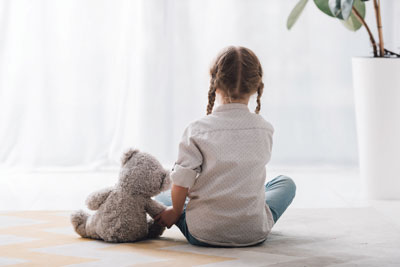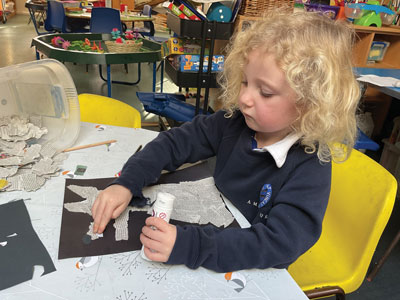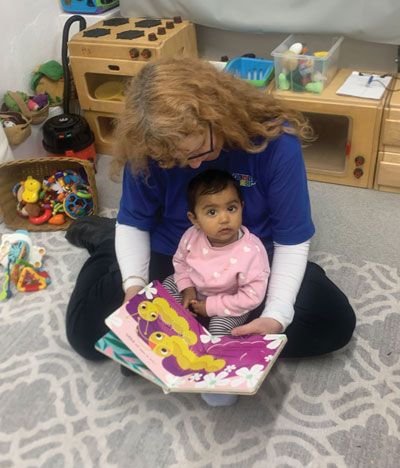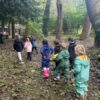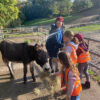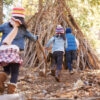
by Georgia Oliver
Family Executive, Dutton Gregory
In the world of family law, terms and phrases are often used to describe specific legal concepts or terms such as ‘custody’, ‘visitation’ and ‘child support’, even if those terms have never been set out in legislation. One such term gaining popularity especially during the Christmas period is co-parenting. However, while co-parenting is a widely discussed concept in the media, it’s important to understand that co-parenting is not a legal term.
What is co-parenting?
Co-parenting refers to an arrangement in which two parents, typically after a separation or divorce, continue to work together to raise their child or children. While the idea of co-parenting is rooted in the desire for co-operative parenting, it does not have a formal definition or specific legal status under family law.
Co-parenting is a broad and informal concept. Legal terms must be defined and understood consistently to ensure enforceability in court. Co-parenting can refer to different levels of involvement between the parents, from highly collaborative relationships to those involving limited communication, but none of these variations are specifically outlined in family law legislation.
Why it matters more at Christmas
The Christmas period often puts co-parenting arrangements to the test. With school holidays, family gatherings and strong emotional ties to festive traditions, deciding how and where a child spends Christmas can become a major point of contention.
Many families agree to alternate Christmases or split the day itself, but unless these arrangements are formalised in a court order, they rely entirely on goodwill and communication. Co-parenting can help facilitate smooth planning, but it’s important to remember it has no legal standing. If disputes arise, the court will focus on what is in the child’s best interests, not on enforcing a co-parenting agreement.
How co-parenting relates to family law
Even though co-parenting itself is not a legal term, the approach to co-parenting can have a significant impact on family law matters, especially when it comes to a ‘lives with’ court order and other parenting plans.
If parents cannot resolve a dispute over the arrangements for their children outside of the court arena, then in cases where both parents actively participate in decision-making and the child’s upbringing, the court may make a ‘joint lives with’ order. This allows both parents to be involved in making important decisions for their child, which is consistent with the goals of co-parenting. However, a ‘lives with’ order is a formal legal term, while co-parenting is the informal practice that may help achieve such an arrangement.
Mediation: A helpful tool at Christmas
Mediation is particularly useful during the Christmas period, as it helps parents communicate more effectively and focus on practical, child-focused outcomes. While it can support a more successful co-parenting relationship, it’s still up to the parents to commit to making it work.
Co-parenting encourages collaboration, especially during the Christmas period, but it’s important to understand that it remains an informal concept without legal force. Parents should aim to plan ahead, communicate clearly and prioritise their child’s needs.
At Dutton Gregory, we assist with parenting arrangements year-round including around Christmas and offering guidance on mediation, court applications, and formal orders to help families move forward with clarity and stability. Georgia Oliver is an experienced Family Executive at Dutton Gregory, so if you want advice then please contact Georgia on 01483 755609 or g.oliver@duttongregory.co.uk






